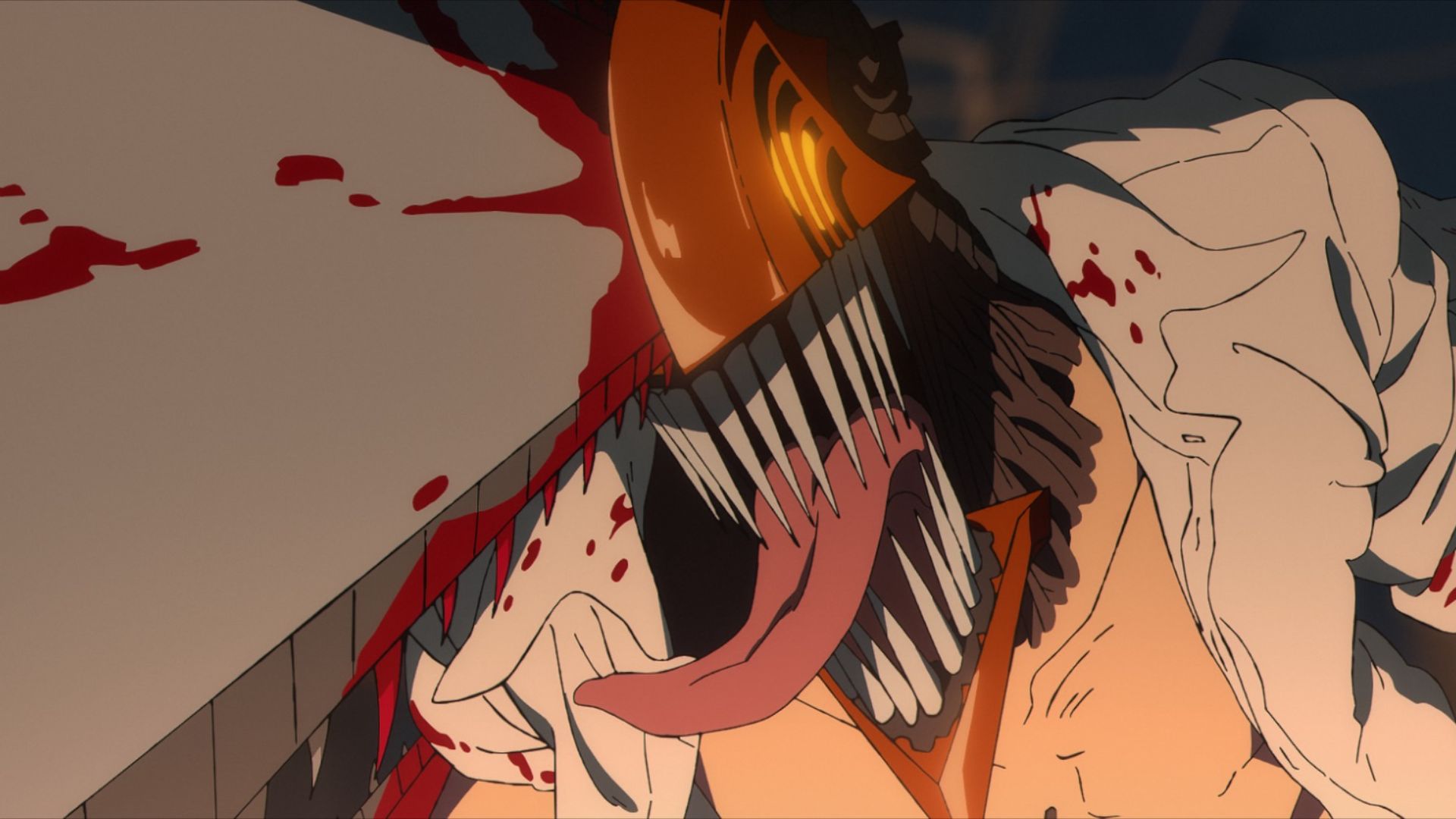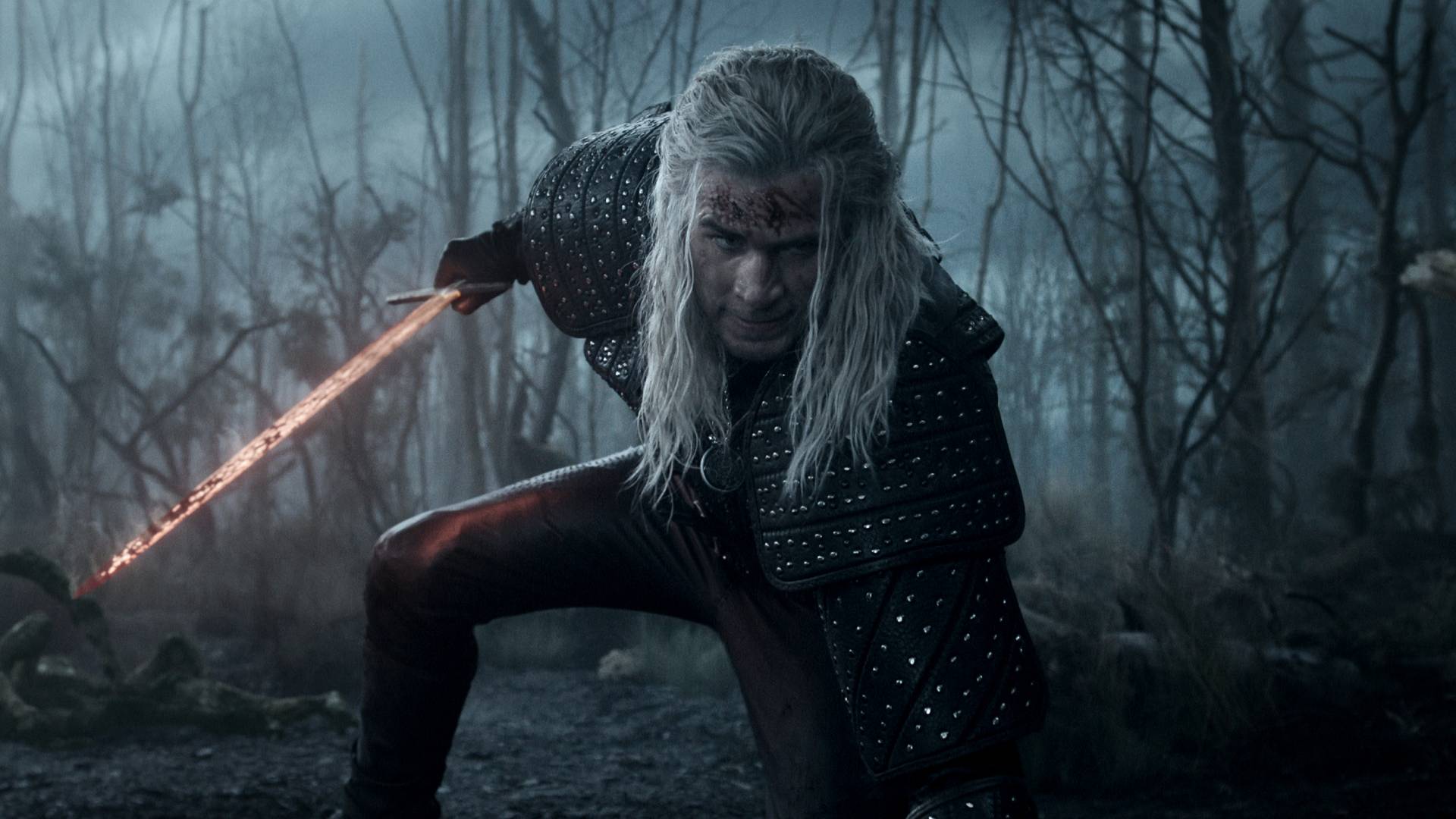Five little things we love about Xbox One (and five things that still annoy us)
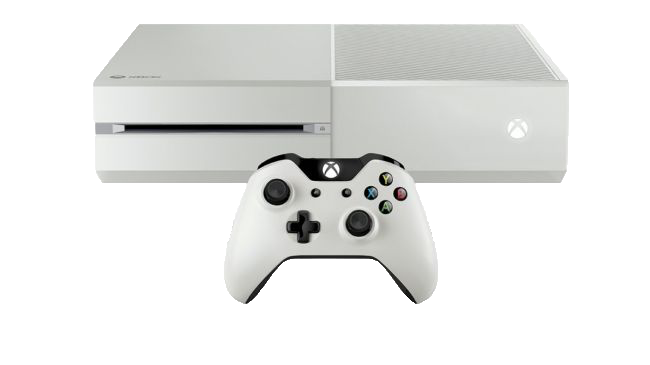
The Xbox One didn't get the best start out the gate, as the initial May 2013 reveal of Microsoft's latest video game console emphasized voice commands, cable television, an always-online connection, and trans-media content over actual, y'know, video games. Within months, though, the Xbox One transformed into a totally different beast before it even launched, dropping most of that nonsense and focusing on games, games, games. Even now, the Xbox One continues to evolve, and while it may be in second place sales-wise to the PS4, it's easily come into its own as a machine with features that even the PS4 doesn't have. Here are a few little things we love about the Xbox One, and in the name of constructive criticism, a few things that still need work.
Things we love
Backwards compatibility is magic
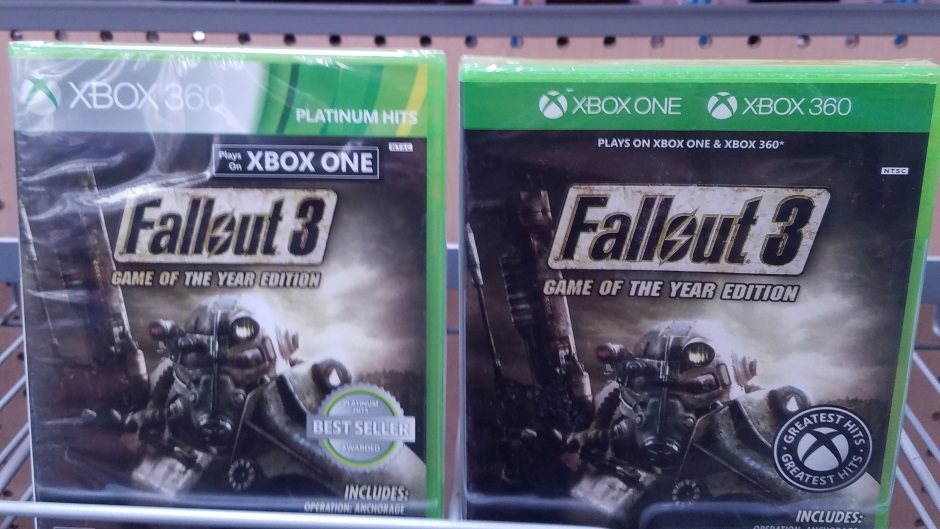
I don't know how Microsoft figured out how to trick the Xbox One to play Xbox 360 games, but it sounds like complete sorcery, and it's easily my favorite feature of the system. Microsoft has steadily added to an increasingly growing whitelist of games that'll run on your new console, including cult classics like Lost Odyssey and Catherine, modern masterpieces like the Mass Effect Trilogy and Red Dead Redemption, and so much more - along with all of their DLC. While there are still some that I hope will show up eventually (fingers crossed for El Shaddai, Asura's Wrath, or the original Nier), the fact that there are already so many older games that work as seamlessly as any of the Xbox One's new games is impressive. If Sony copies anything from the Xbox One, it should be how Microsoft has handled backwards compatibility.
Putting a pin in your favorite apps
There are always going to be those apps or games you access on a near-daily basis, whether it's hitting up Destiny for your nightly strike fix or binging another season of It's Always Sunny in Philadelphia on Netflix. Having the ability to pin your most-important apps directly to the home screen is a welcome feature, one that allows you to choose and customize the programs you use the most and put them right up front so you don't have to go digging through menus every time you want to fire up Gears of War.
The Xbox One controller is so good
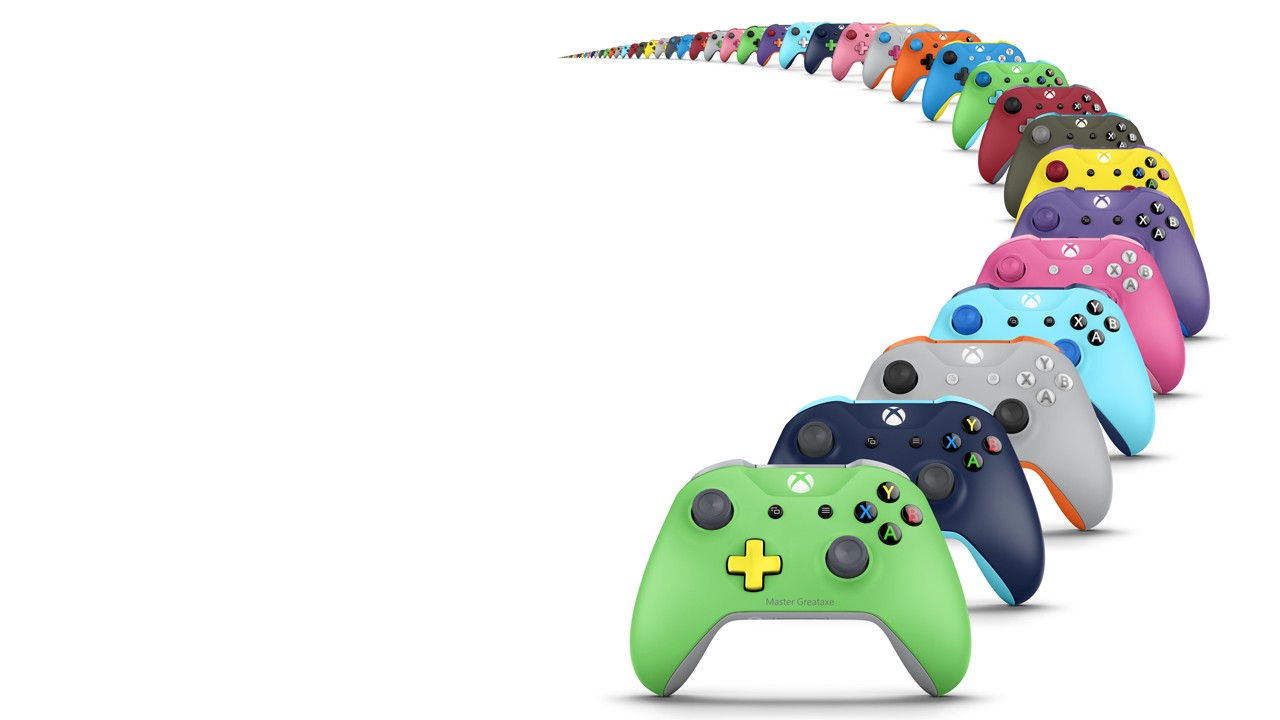
The hallmark of a good controller is its ability to disappear completely in your hands, and the Xbox One controller is easily the best peripheral Microsoft has made. It has a similar button layout to its predecessor's controller, but everything just feels sturdier, higher quality, more versatile, and more comfortable to use. The analog sticks are some of the best you'll find on an official controller, the individual triggers actually rumble, and the newer models have built-in Bluetooth, so you can instantly sync to your Bluetooth-enabled PC or laptop. The battery life is seriously impressive, too, easily lasting a week or two of regular play whether you use AAs or pick up rechargeable batteries. And if you want to shell out a few more bucks for something a little more unique or opulent, you can head to the Design Lab and customize your controller's whole color scheme, or grab an Elite controller for a truly luxurious experience. Whatever you decide to go with, you're getting one of the most comfortable and satisfying controllers in the business.
Discovering the 'free' Games with Gold offering each month
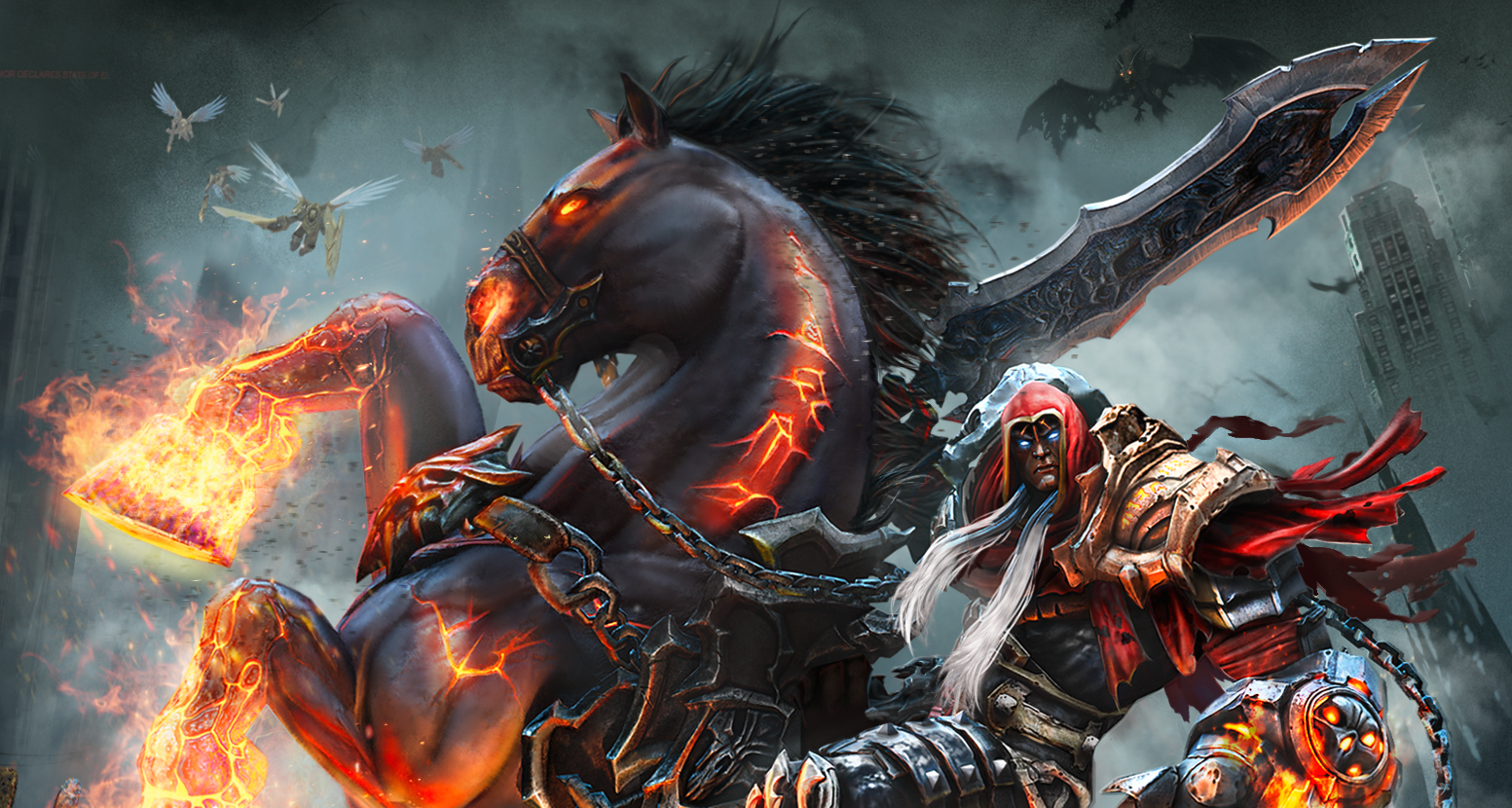
Games with Gold offers a handful of 'free' games each month for Xbox Live Gold subscribers, rotating out on the first and 15th of each month. The best part is that it's actually a mix of Xbox One and Xbox 360 games, offering an exciting variety of brand new titles and modern classics. All of the Xbox 360 games in the program work just fine on Xbox One, and they're actually free - meaning you can still access them if your subscription lapses. Xbox One games are still tied to your Xbox Live Gold account, but even so, the choice of games offered is usually pretty good, making it an easy way to boost your game library for a reasonable amount of cash. I love looking forward to the end of each month when they announce the new line-up, hoping to spot a brand new game I've been waiting for or an older title I've been meaning to check out.
When Kinect works
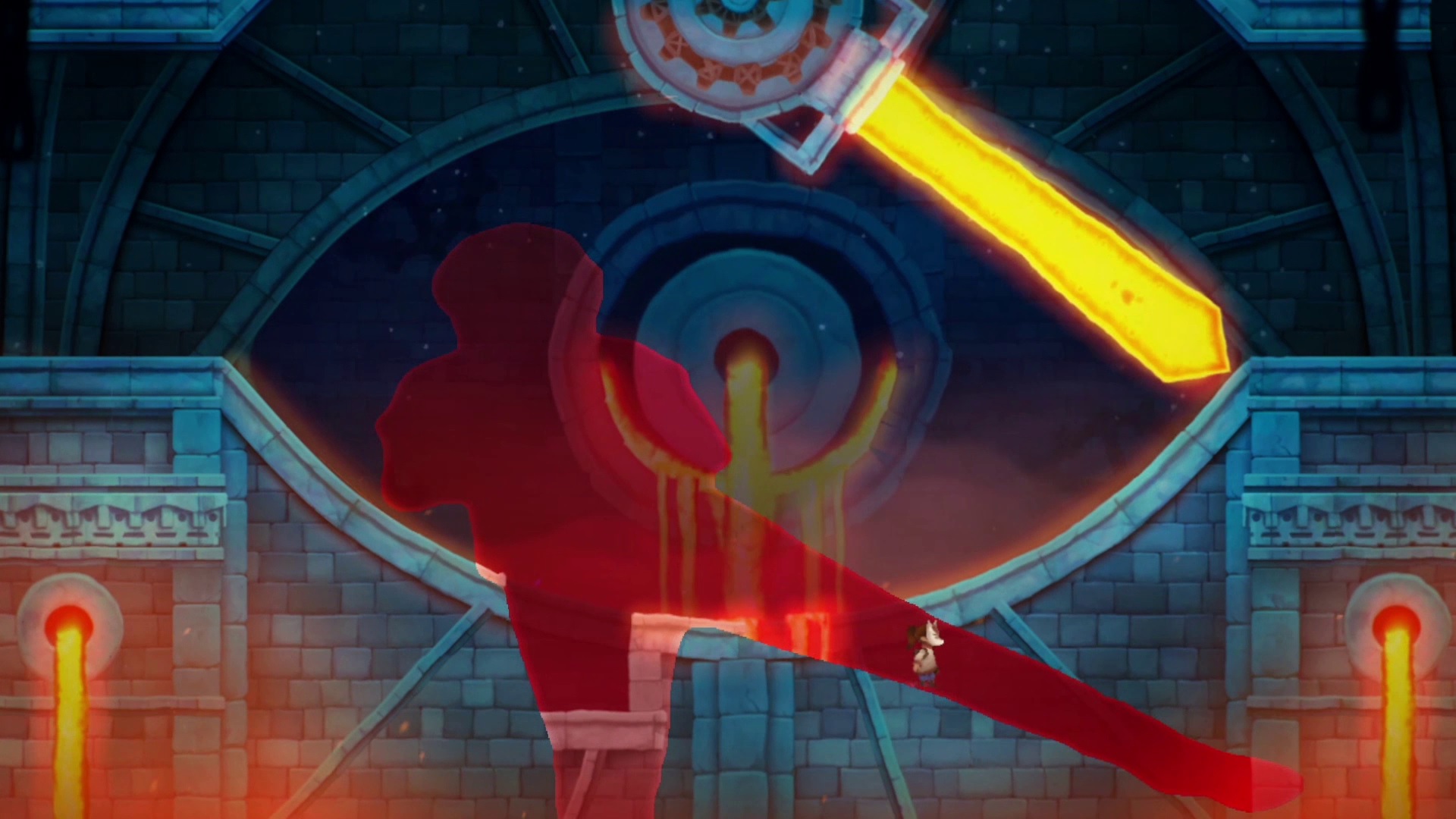
Microsoft dropped Kinect like a bad habit once the company realized it was a $100 noose hanging around the console's market success - which is kind of a shame, because when Kinect works, it's a wonderful device to use. Indie puzzler Fru utilizes the Kinect's camera in some truly ingenious ways (making it easily the best Kinect game out there), and navigating the Xbox One's menus and commands are so much easier when you use your voice to tell it what to do...
Things that annoy us
When Kinect doesn't work
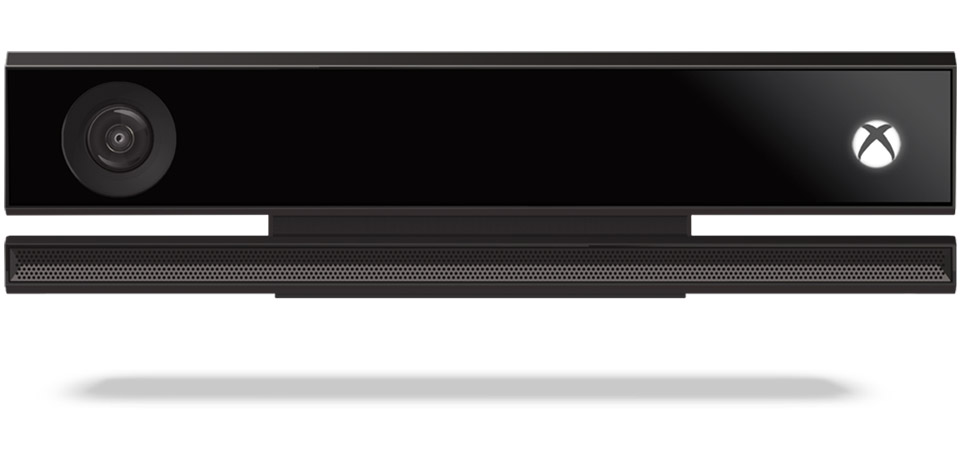
…except for when the Kinect misunderstands what you try to tell it. "Hey Cortana, pause", you'll say as you get up to walk into the kitchen, but it thinks you said "raws" and then brings up a Bing search with a history of WWE's Monday Night Raw events. "Is this what you meant?" Cortana says, either unaware of or uncaring toward your seething rage toward this unassuming black box you have hooked up to your TV. And God help you if your internet connection is a bit spotty, as Cortana thinks for five minutes then shrugs and gives up when all you asked it to do was load Netflix. 90% of the time, Kinect is a dream. The other 10% makes me want to throw it off the highest building.
Weekly digests, tales from the communities you love, and more
The Xbox One is ridiculously huge
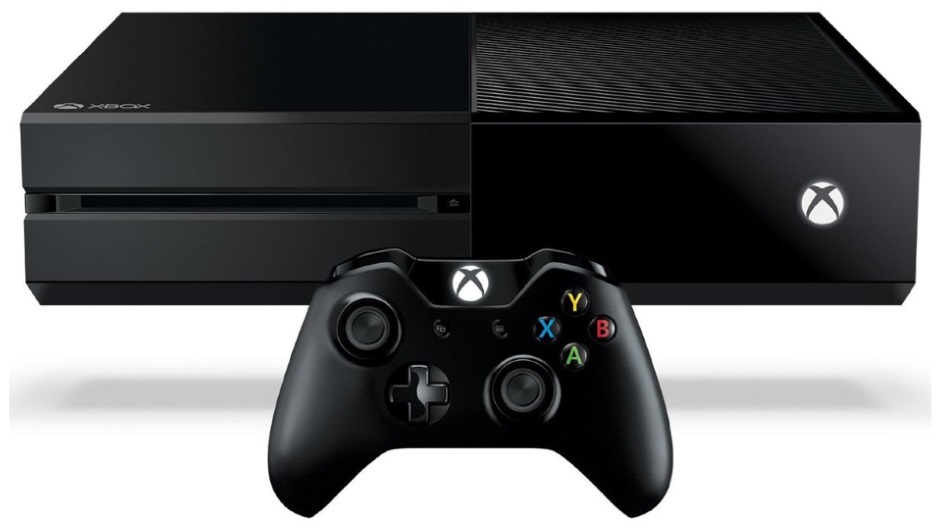
The original Xbox was like the Hummer of video game consoles, with a controller as big and beefy as the actual machine itself. Microsoft wisely slimmed the system down with the Xbox 360, dropping the bulky, black-and-green reject-prop-from-Hackers look for the sleek contours of the future. And then Microsoft revealed the Xbox One, a big, black, VCR-shaped brick that will eat up half of your entertainment center's total surface area as soon as you set it up. If you listen closely, you can almost hear the console chanting "USA! USA! USA!" when you turn it on. Thankfully, the redesigned Xbox One S smartly shrinks the console down to a more manageable size.
The user interface isn't great
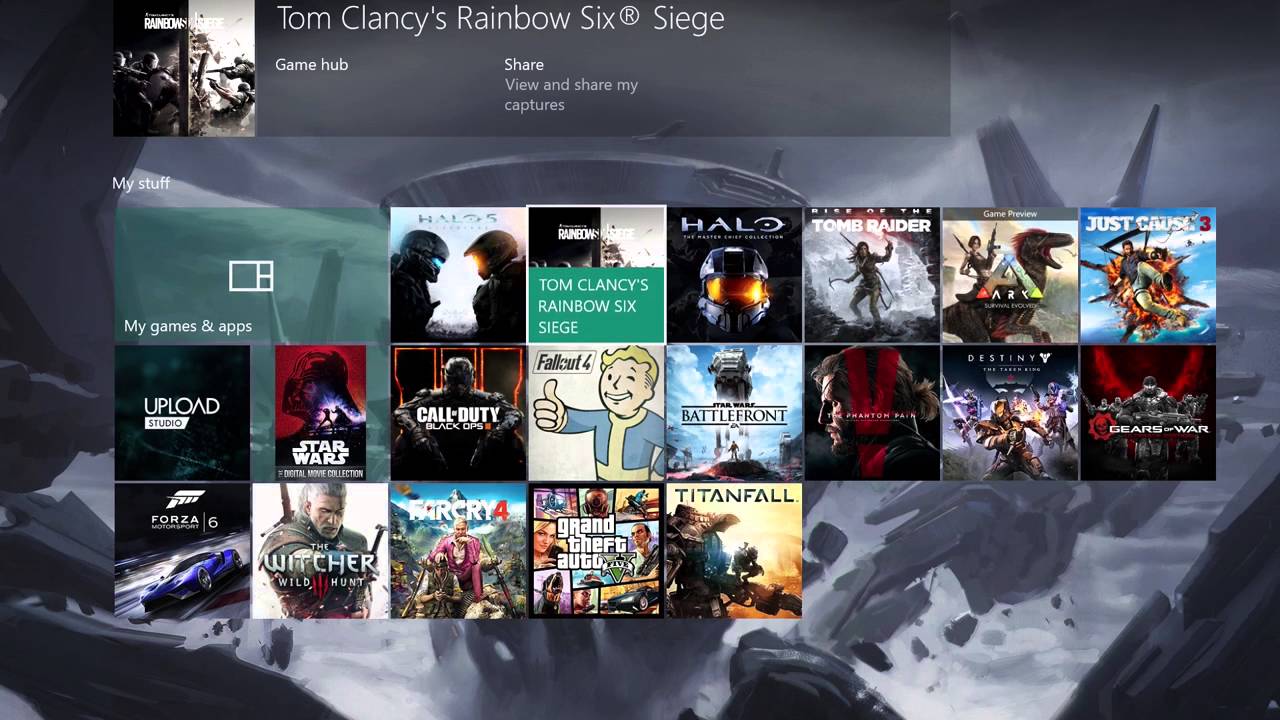
The Xbox One's firmware has gone through several revisions over the last few years, but each change to the user interface still hasn't fixed one of its largest problems: there's too much wasted space. The app you're currently running takes up half of the screen's real estate, and the Home screen only holds four additional apps and games before bumping them off the list, forcing you to futz through additional layered menus just to find what you're looking for. The more buried menus in the store and library echo this aesthetic, opting for big rectangular or square boxes of images which may look nice but are more cumbersome to navigate. The Kinect makes this a lot easier, of course… when it works.
Reliance on apps for everything
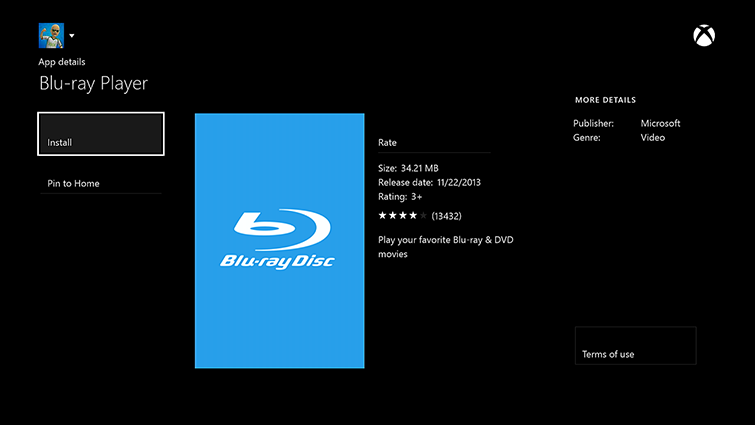
This is more of a weird quirk than a real annoyance, but it's strange how basic system functions are often relegated to apps, rather than being baked into the console's firmware. Want to watch a Blu-ray? Make sure you download the free official Blu-ray app from the Xbox One store. Have an external drive full of videos and photos? Get the File Explorer app. Even Settings is a separate app, though that one is built into the system when you get it and recent updates have made accessing your system settings much easier. Again, it's not a huge deal - it just creates another sometimes-awkward layer between you and the content you need to access.
Where did all the games go?
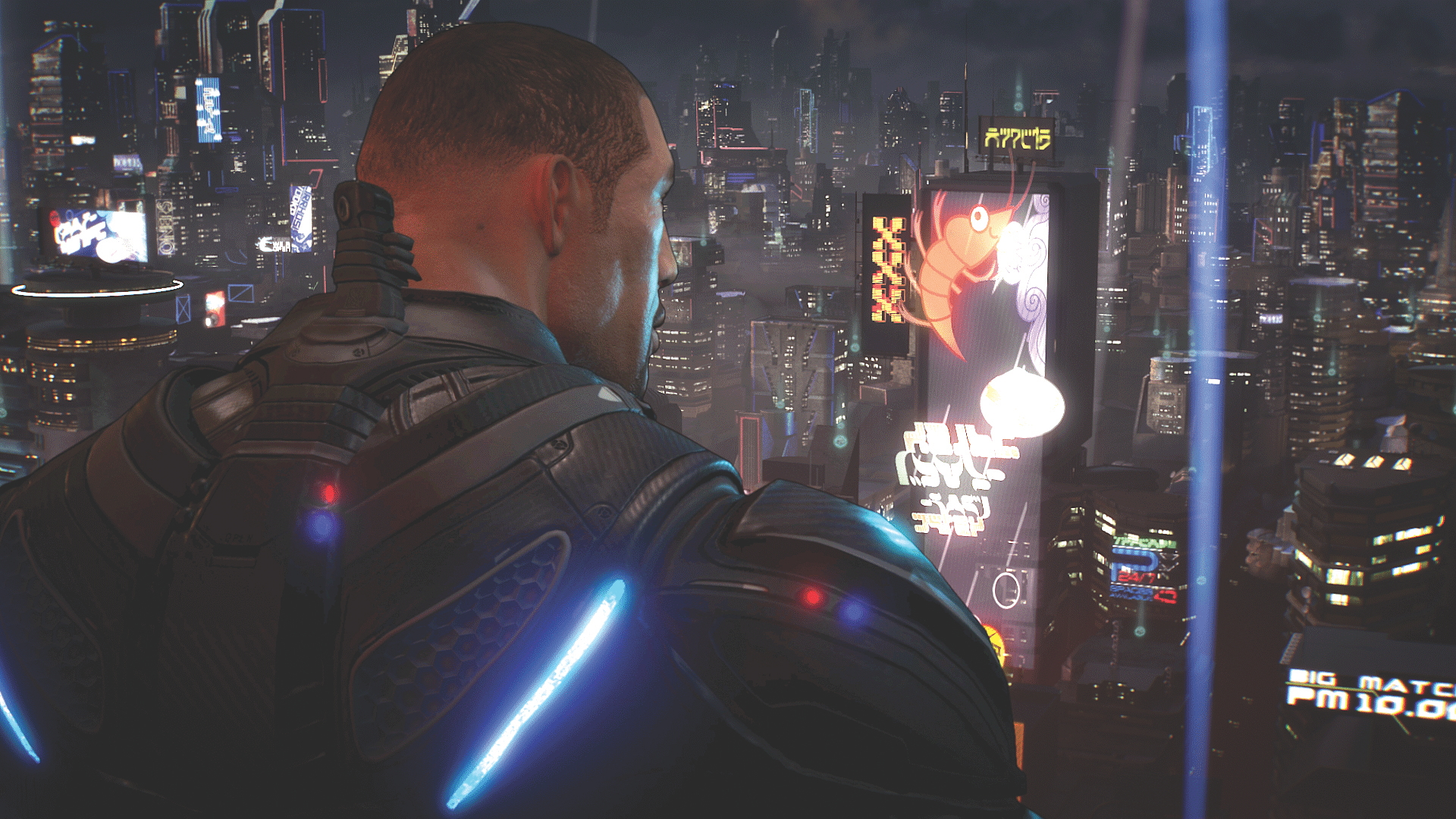
While the initial unveiling of the Xbox One could have gone better, once E3 hit, Microsoft showed off an onslaught of games. Microsoft got big exclusives like Dead Rising 3 and Titanfall, weird stuff like Sunset Overdrive and D4, and of course, reveals for upcoming entries for Halo, Forza, and more. Whether those games were to your taste or not isn't the point; the point is that Microsoft had a sizeable upcoming library of first-party-developed and -published games. In recent years, though, those games have all but vanished. Phantom Dust and Scalebound have been canceled, Lionhead Studios is gone, and Crackdown 3 hasn't been seen in years. Microsoft seems to be retreating inward on its big tentpole franchises like Halo and Gears of War, but recent entries have felt workmanlike and uninspiring. Where's the Microsoft that published Lost Odyssey and Mass Effect, that introduced the XBLA Summer of Games promo, that championed new and exciting games in addition to the big stuff? If Microsoft wants to wow us again, it needs to go back to being an exciting first-party publisher.


